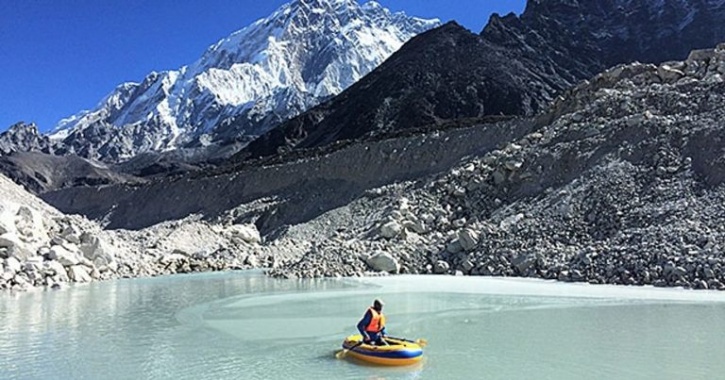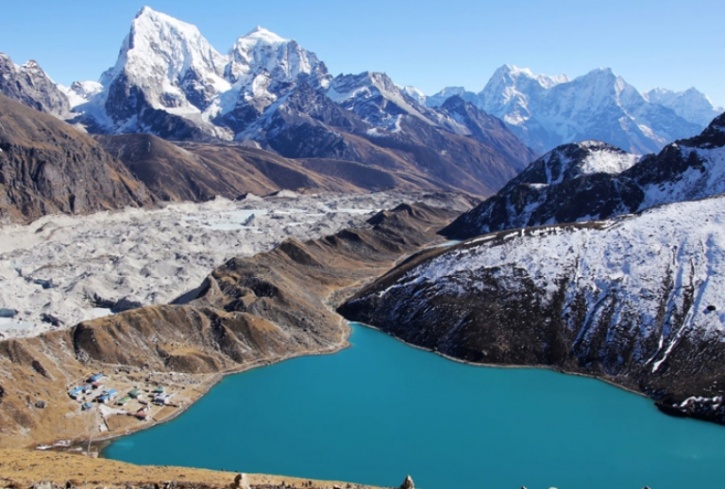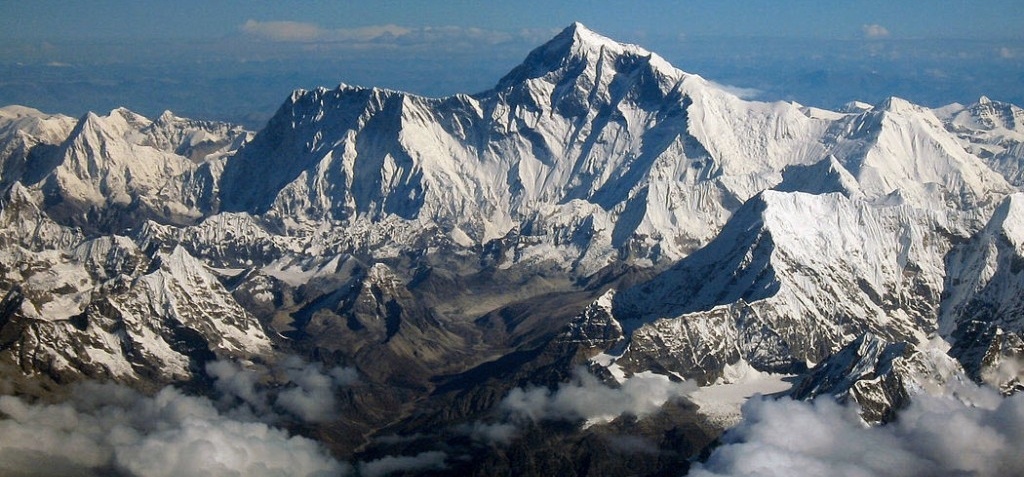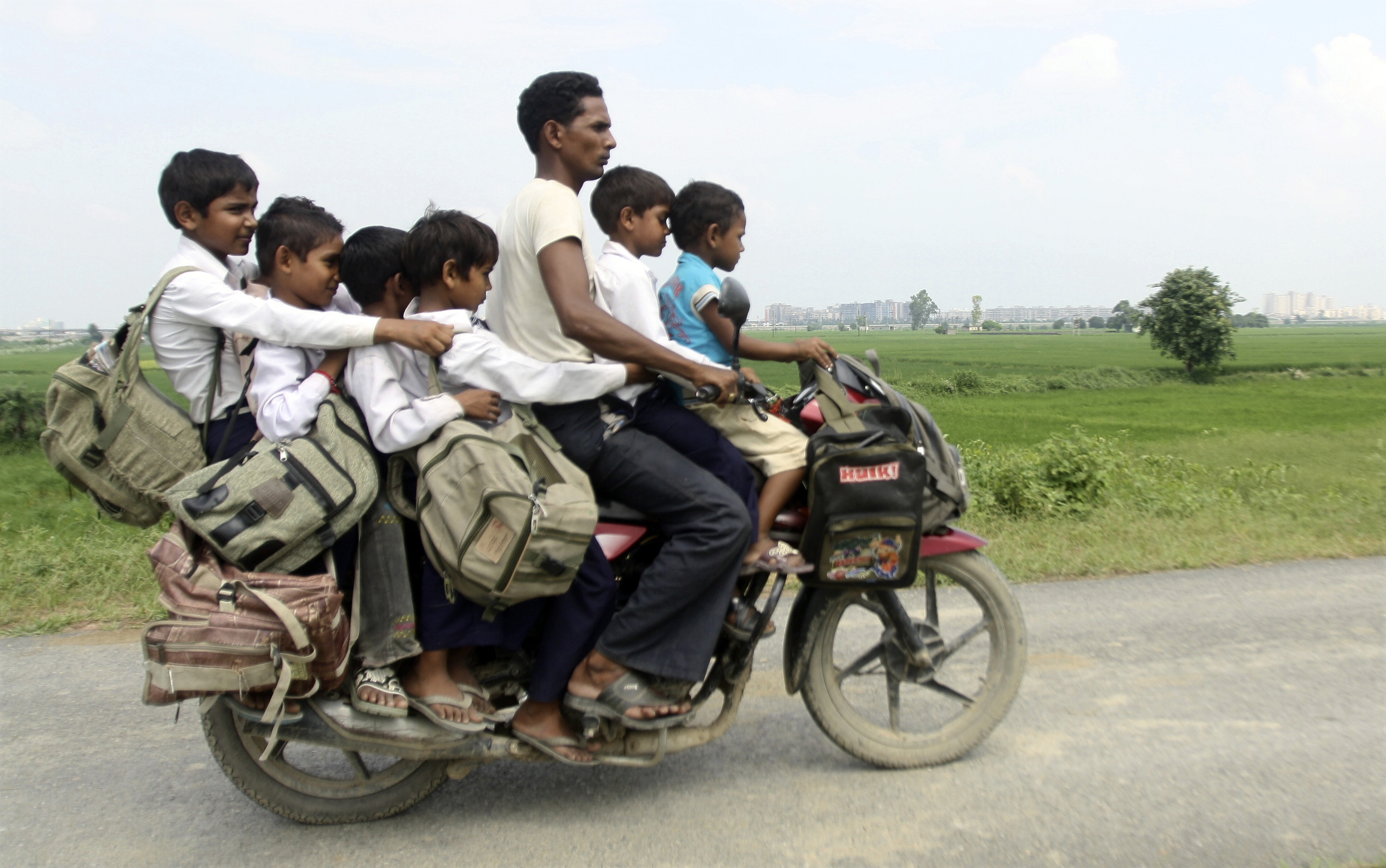What Are Exoplanets And How NASA Detects Life Beyond Our Solar System
Bharti Airtel Set To Acquire Telenor India Within This Year
Google Celebrates NASA’s Discovery Of Seven Earth-Like Planets With An Animated Doodle
Some Home Remedies That Might Sound Bizarre But Actually Work Like A Charm
Akshay Kumar Feels He Has Made Enough Money, Now Wants To Focus On Content & Characters
Delhi ATM Dispenses Fake Rs 2000 Notes From ‘Childrens Bank of India’ With ‘Churan Lable’
Adolf Hitler’s Personal Telephone During World War II Is Up For Auction In The US
From Salman Khan To Rekha, Neil Nitin Mukesh’s Wedding Reception Was Quite A Starry Affair
Global Warming Results In A Lake The Size Of Several Football Fields On Mt. Everest
A team from Great Britain spent four weeks on Khumbu Glacier, the world's highest glacier, on Mount Everest. They were collecting the rates of melt and were expecting small ponds and puddles. Instead, they found a lake. Duncan Quincey, the leader of the field study and a scientist at the University of Leeds, said that they knew there were lakes present on top of the glacier, but they have now observed that the ponds on the lower eastern section of the glacier had joined to form a lake the size of several football fields.
The Khumbu Glacier stretches for 10 miles on the southwest side of Everest's summit, and mountaineers follow the edge of the glacier on their trek to Everest Base Camp, which sits on the glacier. It is the most crucial one on Mount Everest.
The formation of lakes is not good news for a number of reasons, due to the fact that scientists aren't sure how such large amounts of melt-water pooling on the glacier will affect villages and towns downstream. "The lakes might act as a natural reservoir storing vital water resources or they might pose a hazard to the people living below, or maybe both," says Quincey.

There's also the impact of melting on climbers. Mountaineers have recently begun to encounter challenges from glacial melt-water already. In 2014, Alan Arnette diverted his ascent of K2 to deal with a newly formed lake on the Baltoro Glacier. An ice dam had broken between multiple ponds, creating a large lake, according to Arnette, "We had to take a six-hour detour to establish a new route around it."
Quincey's team reported that although the upper section of the glacier may not contain large lakes, it is actually melting the fastest. From satellite images acquired over the last few decades and a new technique called Structure-from-Motion (SfM), the team deduced that the section of the Khumbu Glacier at Base Camp was lowering at a rate of around 6 feet every year.






